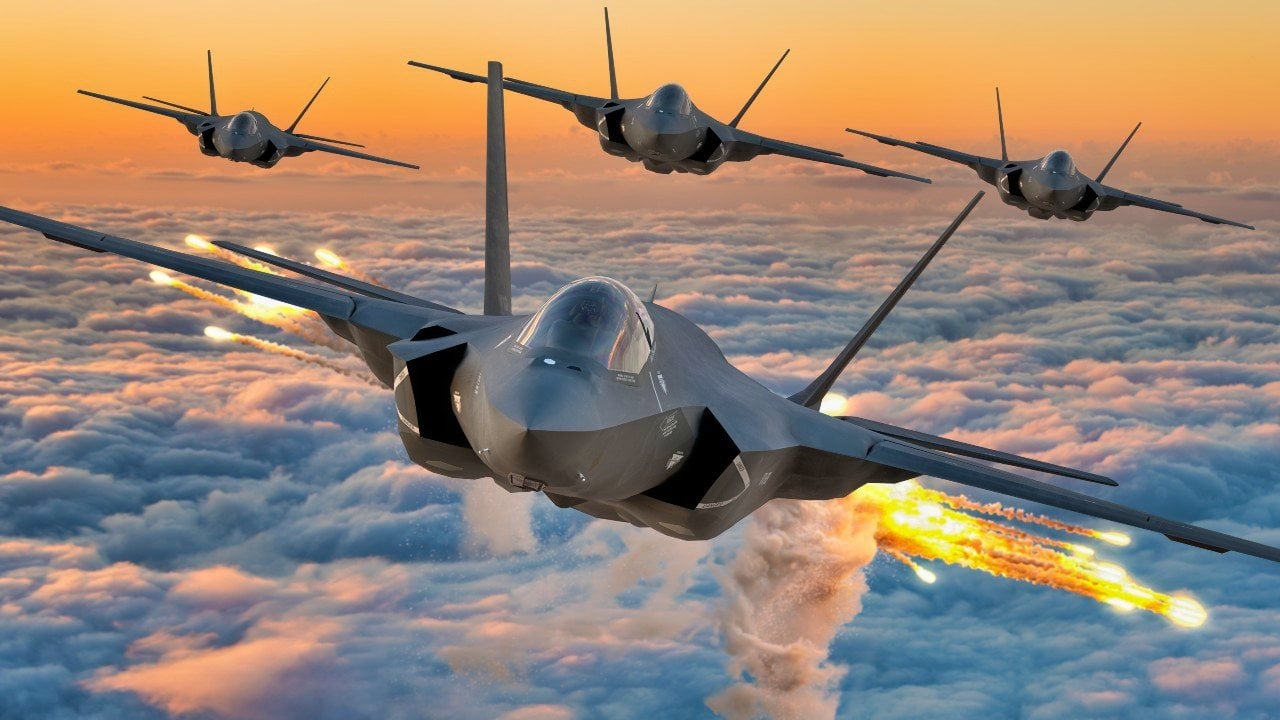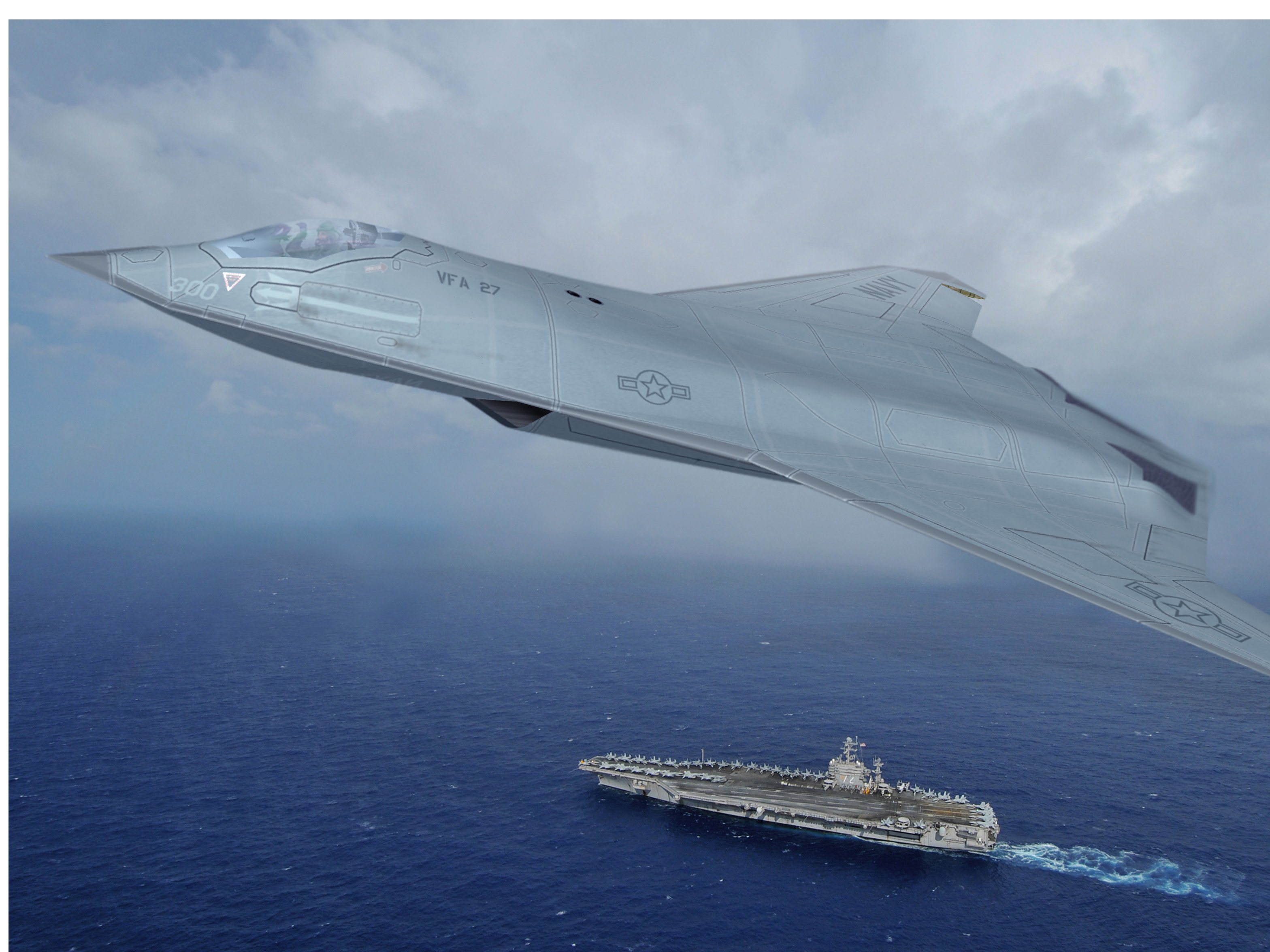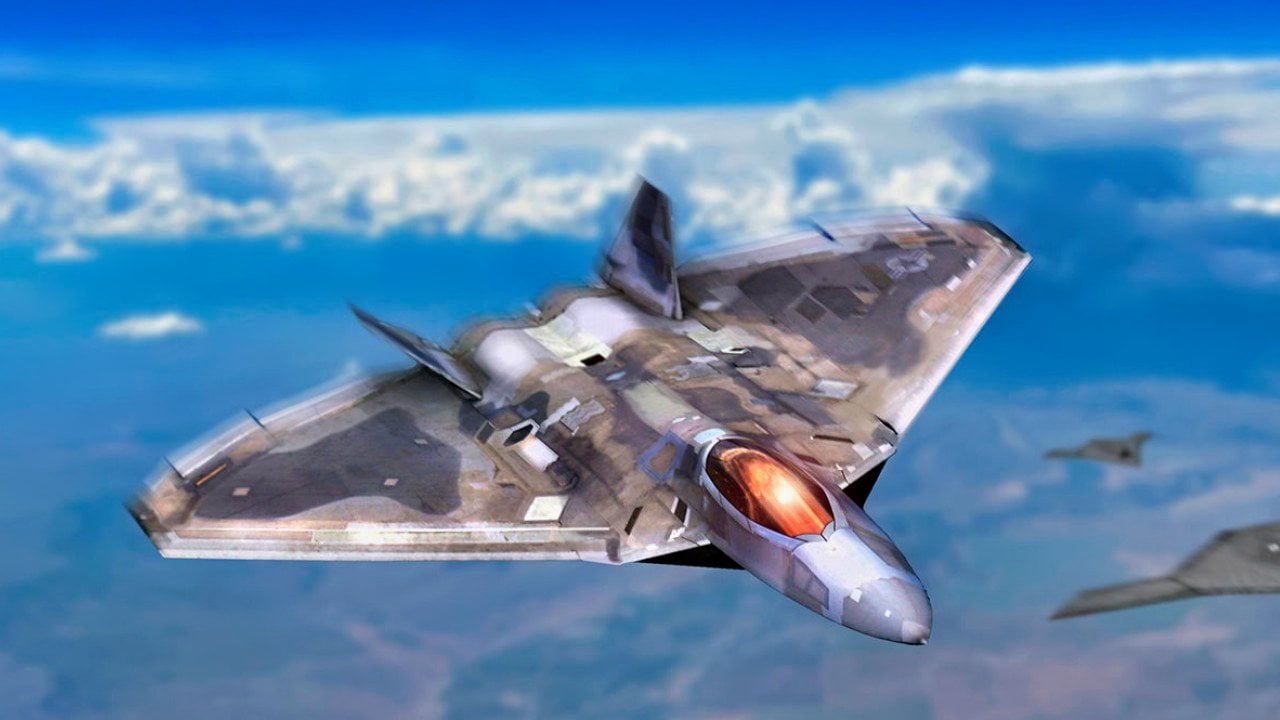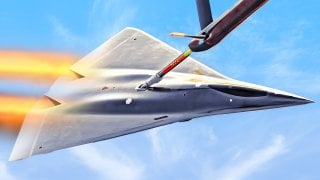NGAD: The 6th Generation Fighter Designed to Make the F-22 and F-35 Obsolete
The United States Air Force hasn't disclosed which aerospace defense contractor is taking the lead on the Next Generation Air Dominance (NGAD) program – the effort to develop a "system of systems" that will include a sixth-generation jet fighter to eventually replace the Lockheed Martin F-22 Raptor.
Summary: The U.S. Air Force's Next Generation Air Dominance (NGAD) program has reached a key milestone, with Pratt & Whitney completing a critical assessment of its Next-Generation Adaptive Propulsion (NGAP) engine, the XA103, several months back.

-The technology aims to enhance survivability, fuel efficiency, and power management.
-NGAD, involving optionally manned sixth-generation fighters and unmanned Collaborative Combat Aircraft, prioritizes advanced weapons, stealth, digital design, and AI integration.
U.S. Air Force's NGAD Program Reaches Key Propulsion Milestone
The United States Air Force hasn't disclosed which aerospace defense contractor is taking the lead on the Next Generation Air Dominance (NGAD) program – the effort to develop a "system of systems" that will include a sixth-generation jet fighter to eventually replace the Lockheed Martin F-22 Raptor.
Speculation is that either Boeing or Lockheed Martin will be the prime contractor, but Pratt & Whitney, an RTX business, will be responsible for the development of the future fighter's engines.
The company announced on Monday that it had completed a critical assessment of its Next-Generation Adaptive Propulsion (NGAP) offering with the U.S. Air Force, moving the program closer to completing its detailed design review. Its "team" is now working towards ground testing its NGAP prototype, dubbed the XA103, which is expected to occur in the late 2020s.
"We are embracing digital transformation with NGAP and changing the customer experience through the entire development process in order to rapidly and efficiently deliver these advanced adaptive engines," said Jill Albertelli, president of Pratt & Whitney's Military Engines business. "This technology is critical to maintaining air superiority, which is why Pratt & Whitney has made significant investments in research and development and advanced manufacturing. Continued government funding for sixth-generation propulsion development must remain a high priority to support critical platform milestones and warfighter readiness."

The three-stream engine is reportedly derived from technology developed under the Air Force's Adaptive Engine Transition Program (AETP). The prototype XA103 passed what Pratt described as a digital preliminary design review in November.
NGAD - Next-Generation Adaptive Propulsion
NGAP technologies could provide advanced survivability, fuel efficiency, and robust power and thermal management – all necessary to enable the required range, weapon and sensor capability, and persistence future air dominance platforms required to meet evolving operational needs.
As reported by Aviation Week, contracts for NGAP were also awarded to General Electric (GE), as well as airframers Boeing, Lockheed Martin, and Northrop Grumman. However, the latter firm has since withdrawn from the NGAD contest. Each of the five companies had been awarded a ten-year, $975m contract for their respective NGAP designs in August 2022.
More Than a Single Aircraft
As noted NGAD is a system of systems that will include an "optionally manned" sixth-generation multirole fighter that will operate along with unmanned Collaborative Combat Aircraft (CCA) also previously known as Loyal Wingmen.
Moreover, as previously reported by Maya Carlin, there are likely five different technologies that will be prioritized in the NGAD's fighter design including advanced weapons, stealth, digital design, propulsion, and thermal management. While sixth-generation technology has yet to be precisely defined, the features in the NGAD program are expected to exceed the capabilities of fifth-generation counterparts.

It is further expected that artificial intelligence (AI) and machine learning (ML) will be incorporated into the NGAD, acting as a co-pilot for the manned aircraft and allowing the unmanned aerial systems (UAS) to act independently.
Author Experience and Expertise: Peter Suciu
Peter Suciu is a Michigan-based writer. He has contributed to more than four dozen magazines, newspapers, and websites with over 3,200 published pieces over a twenty-year career in journalism. He regularly writes about military hardware, firearms history, cybersecurity, politics, and international affairs. Peter is also a Contributing Writer for Forbes and Clearance Jobs. You can follow him on Twitter: @PeterSuciu. You can email the author: [email protected].
Image Credit: Shutterstock and Creative Commons.


